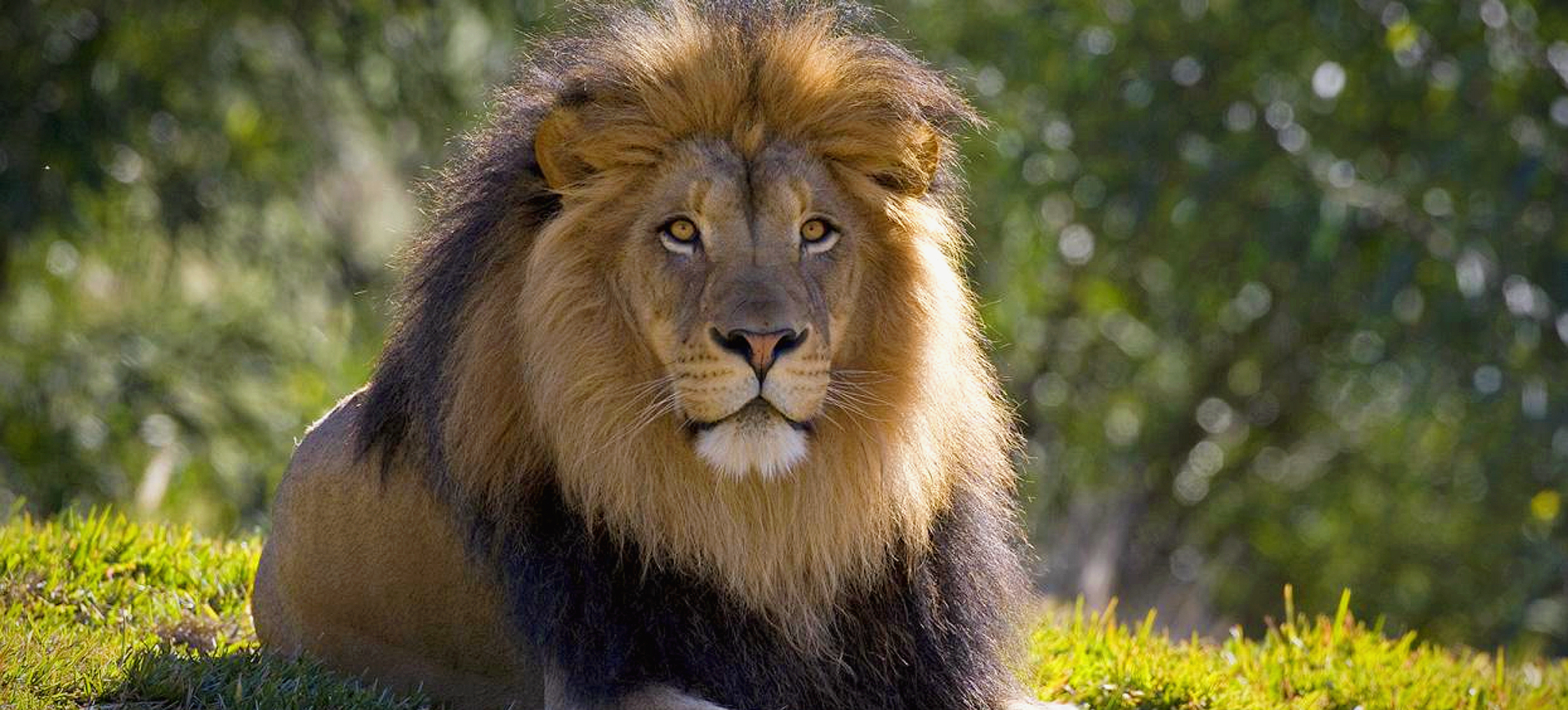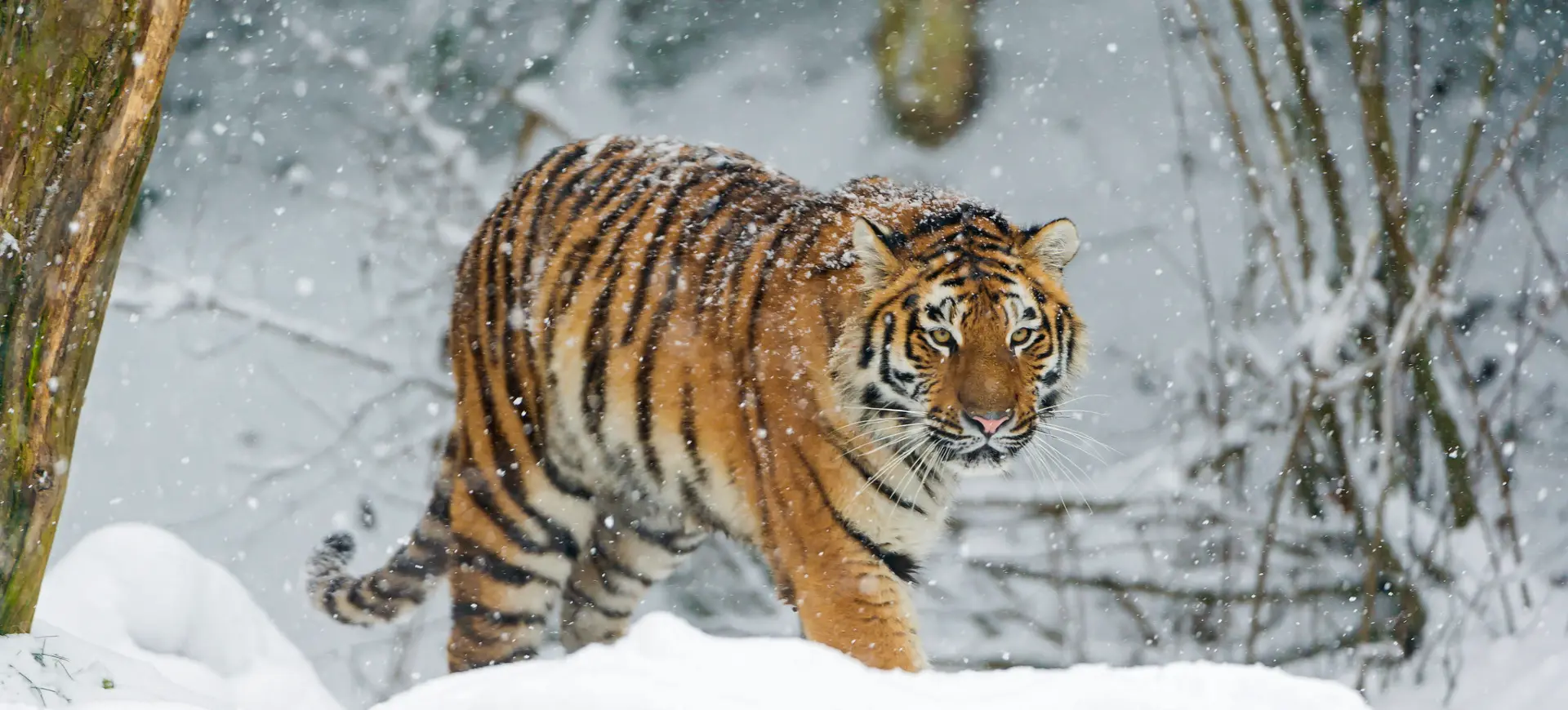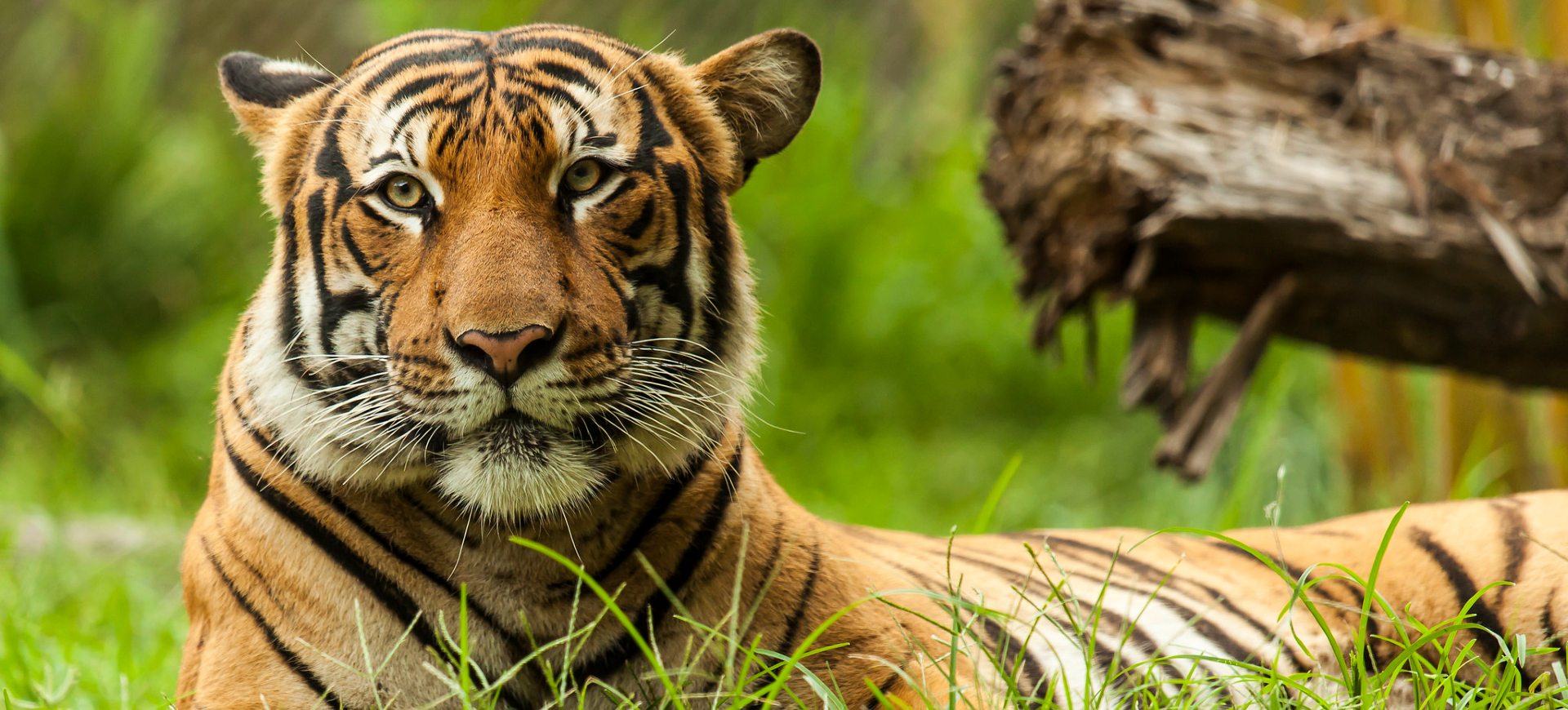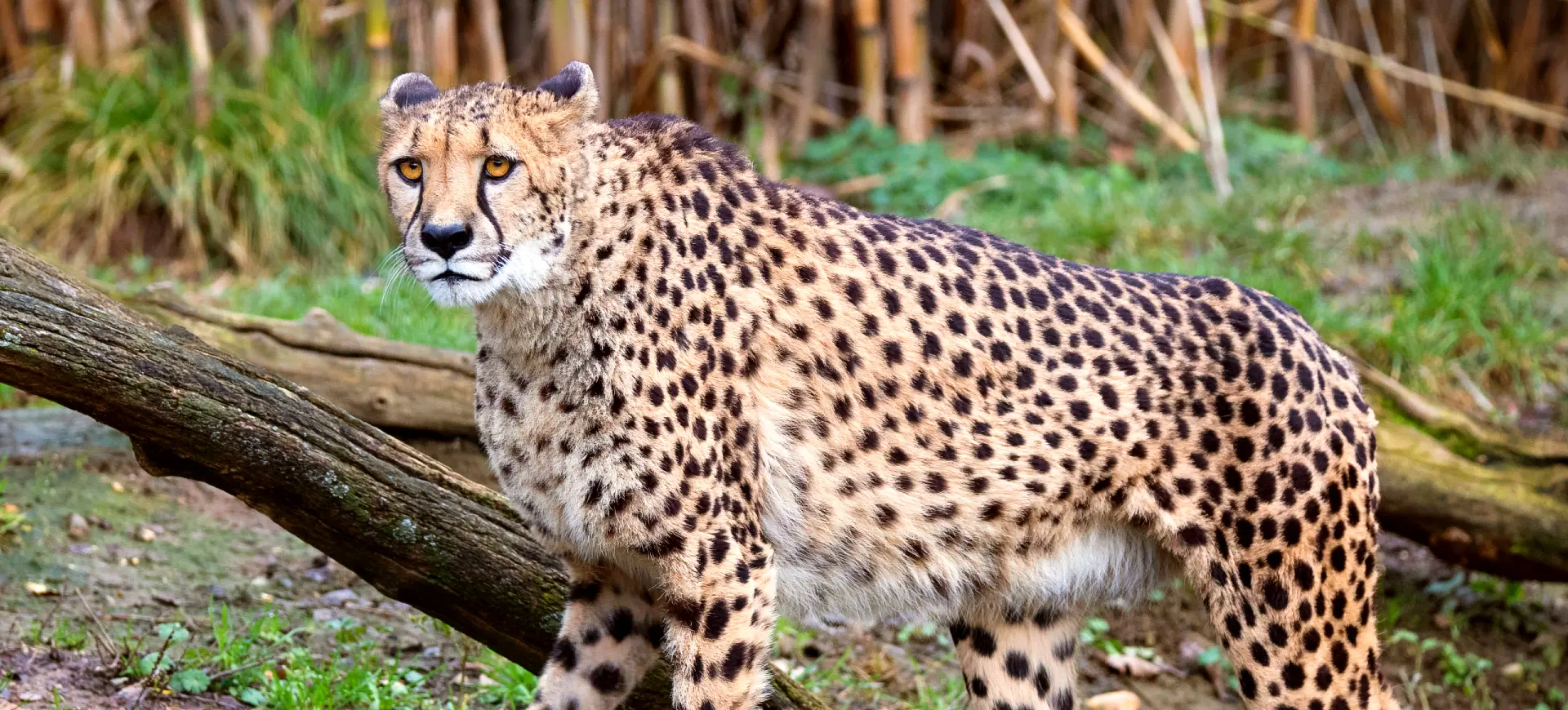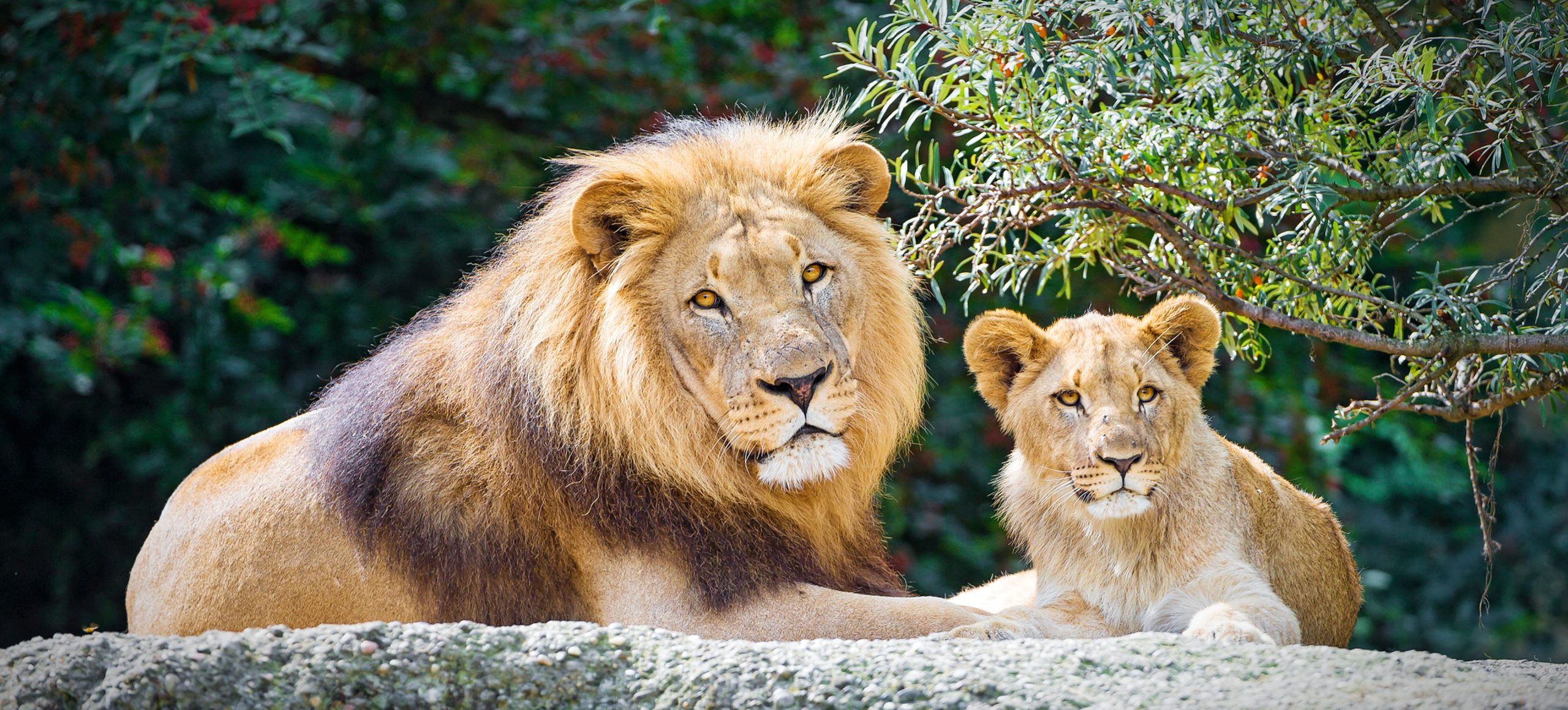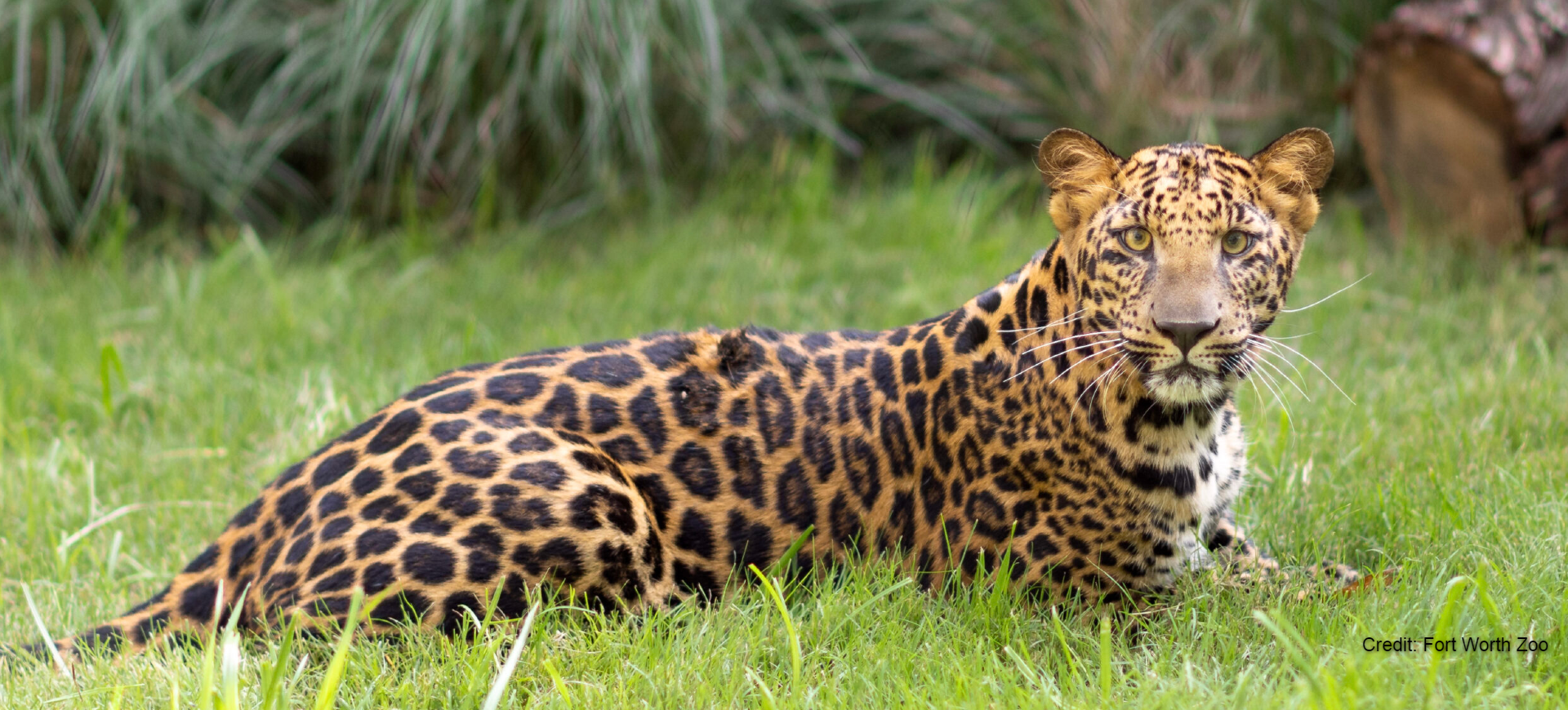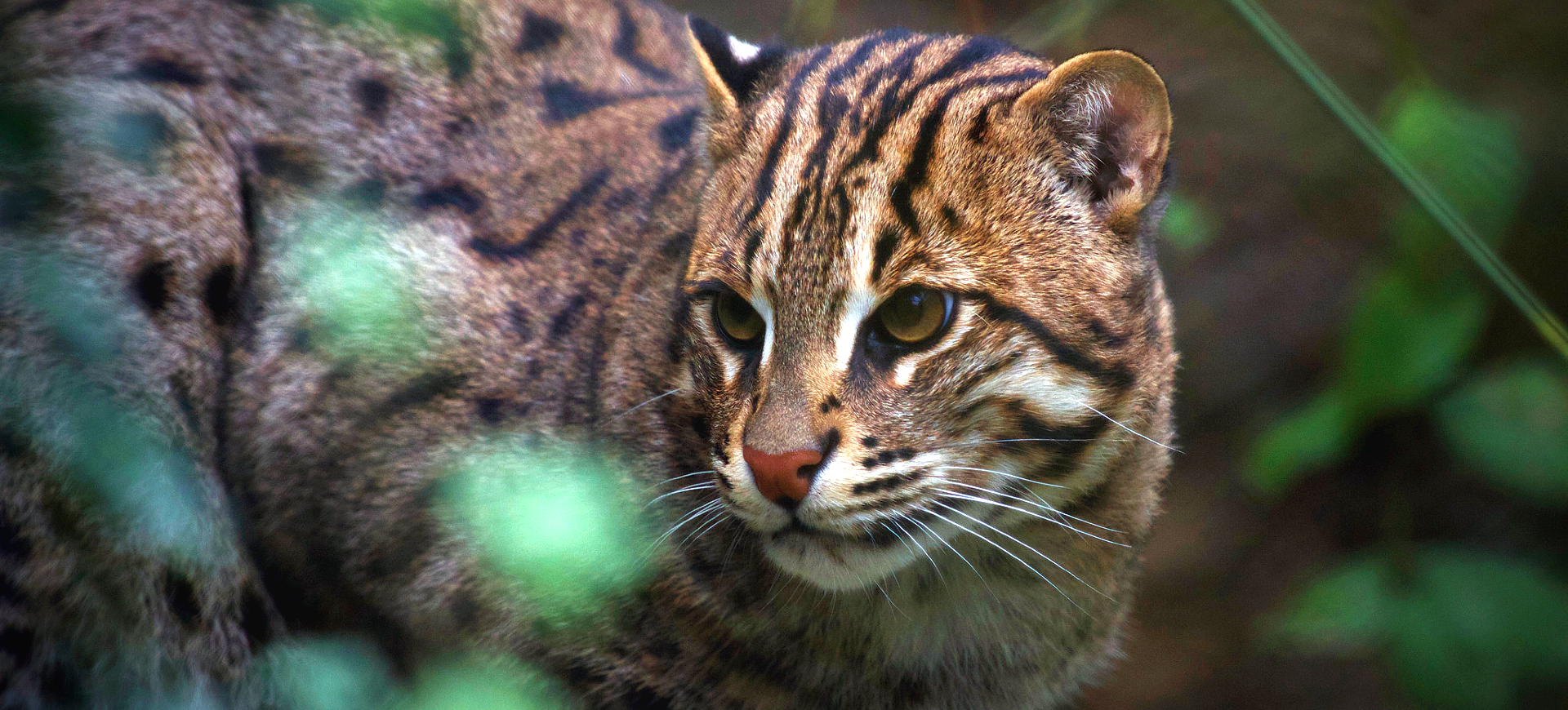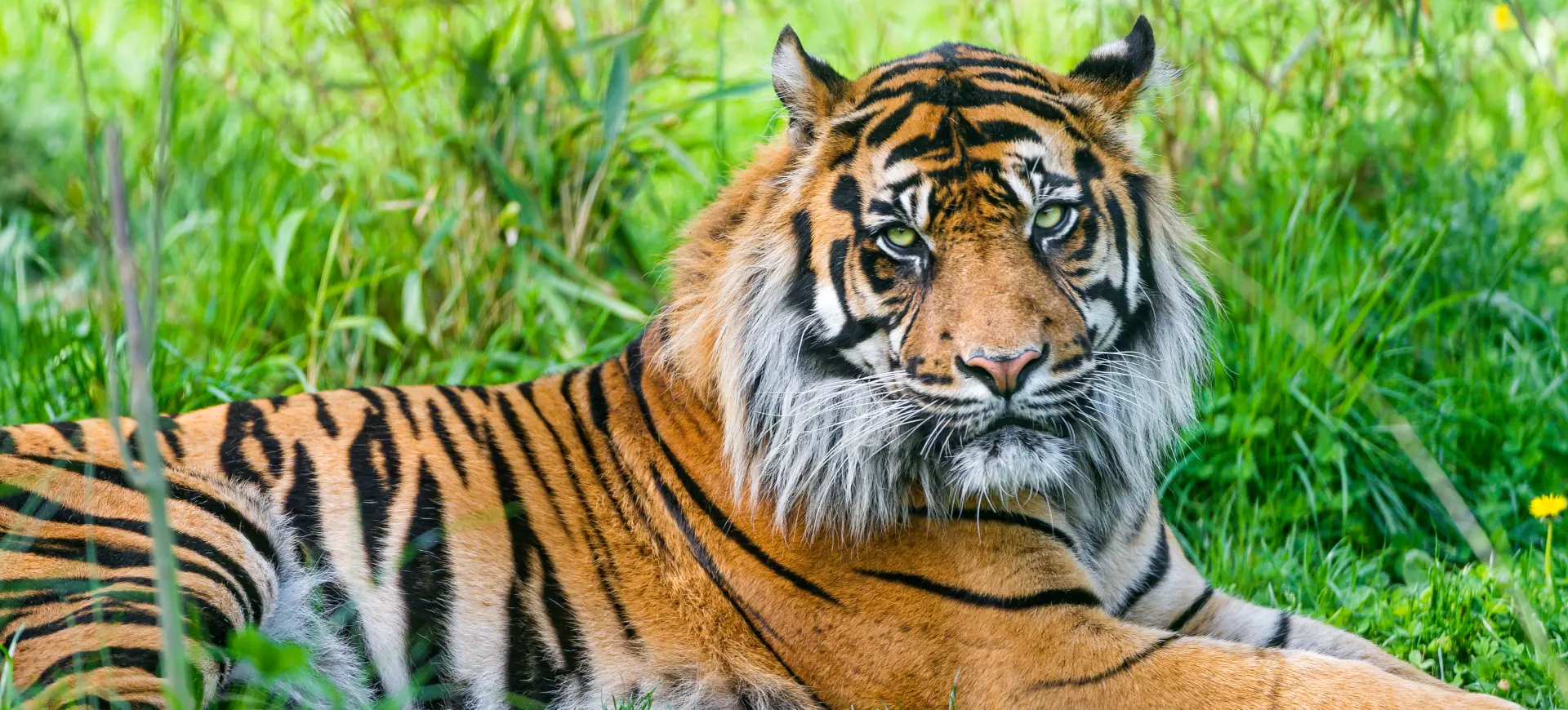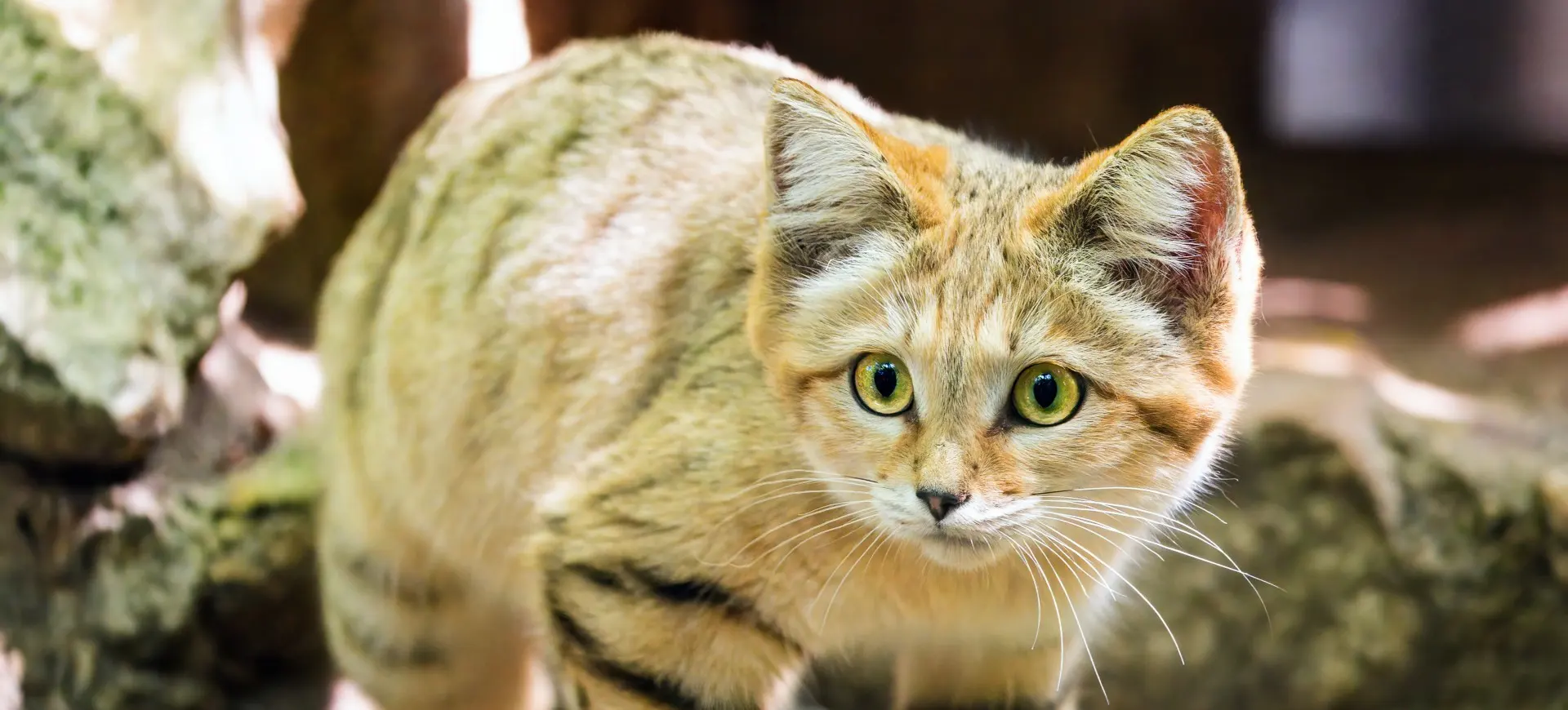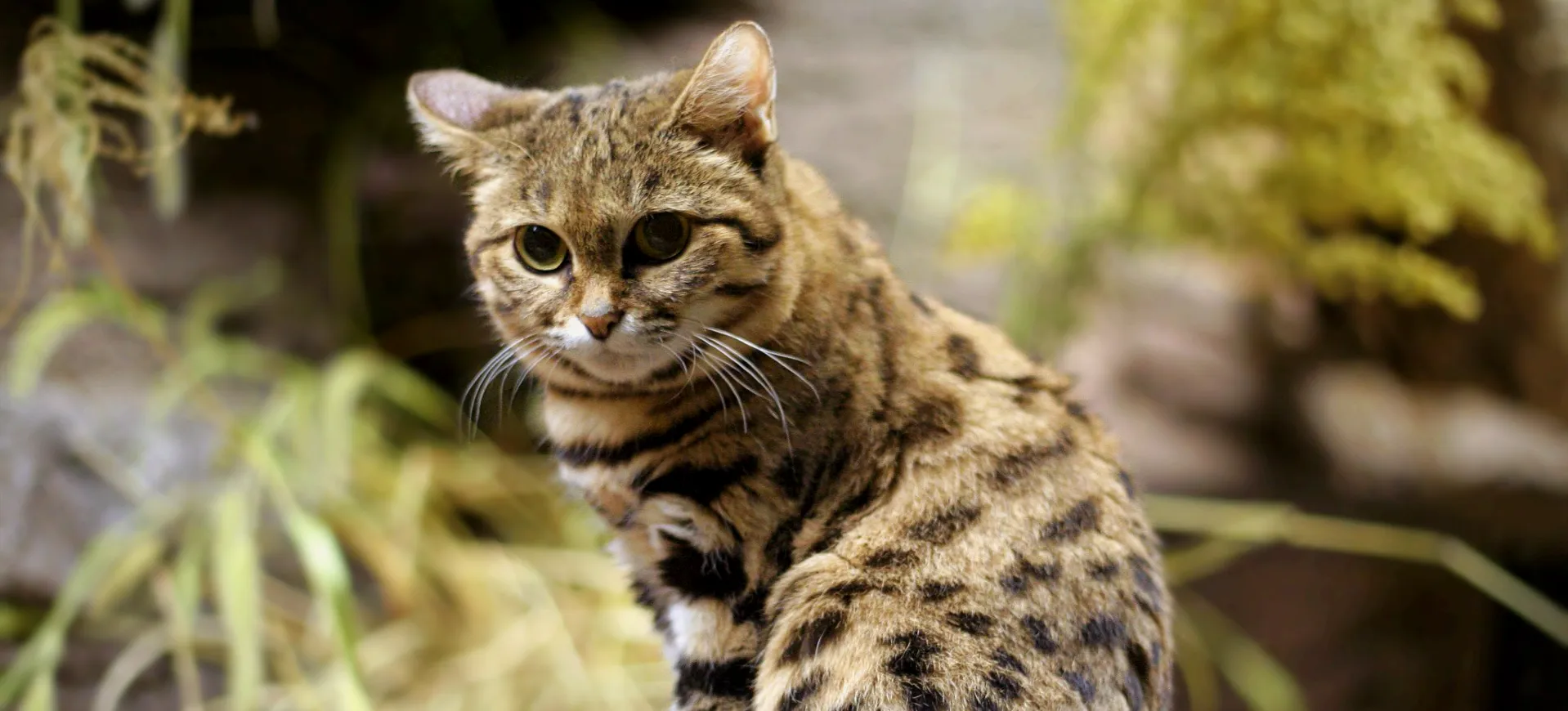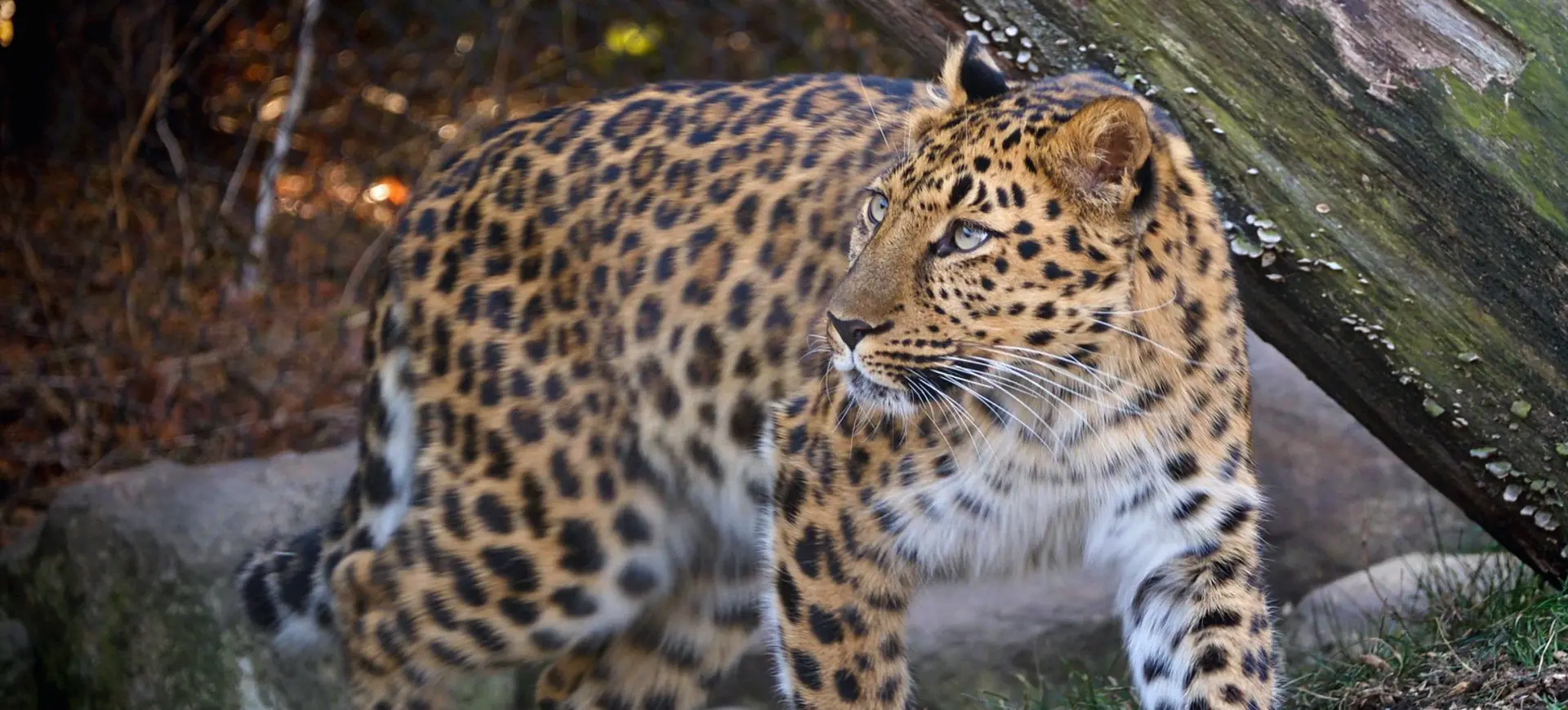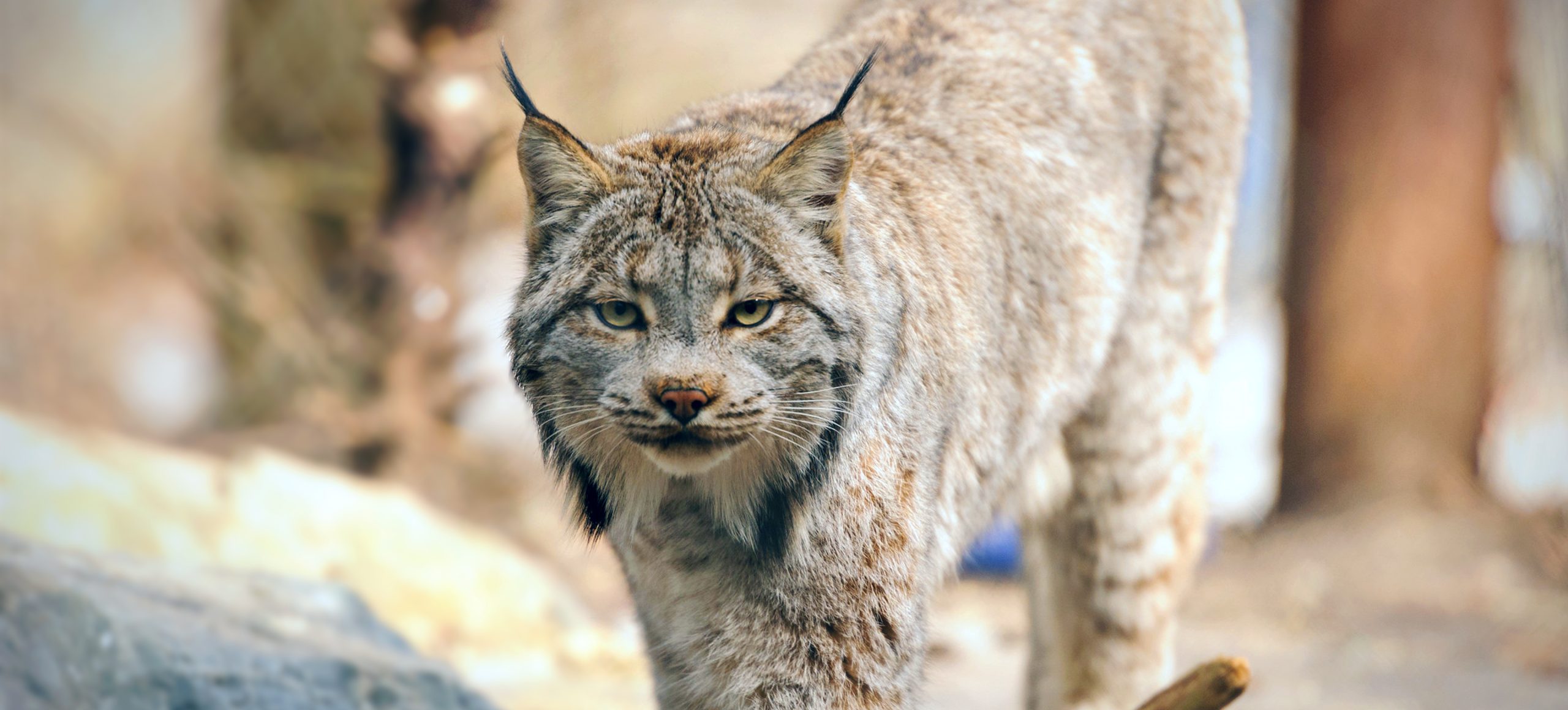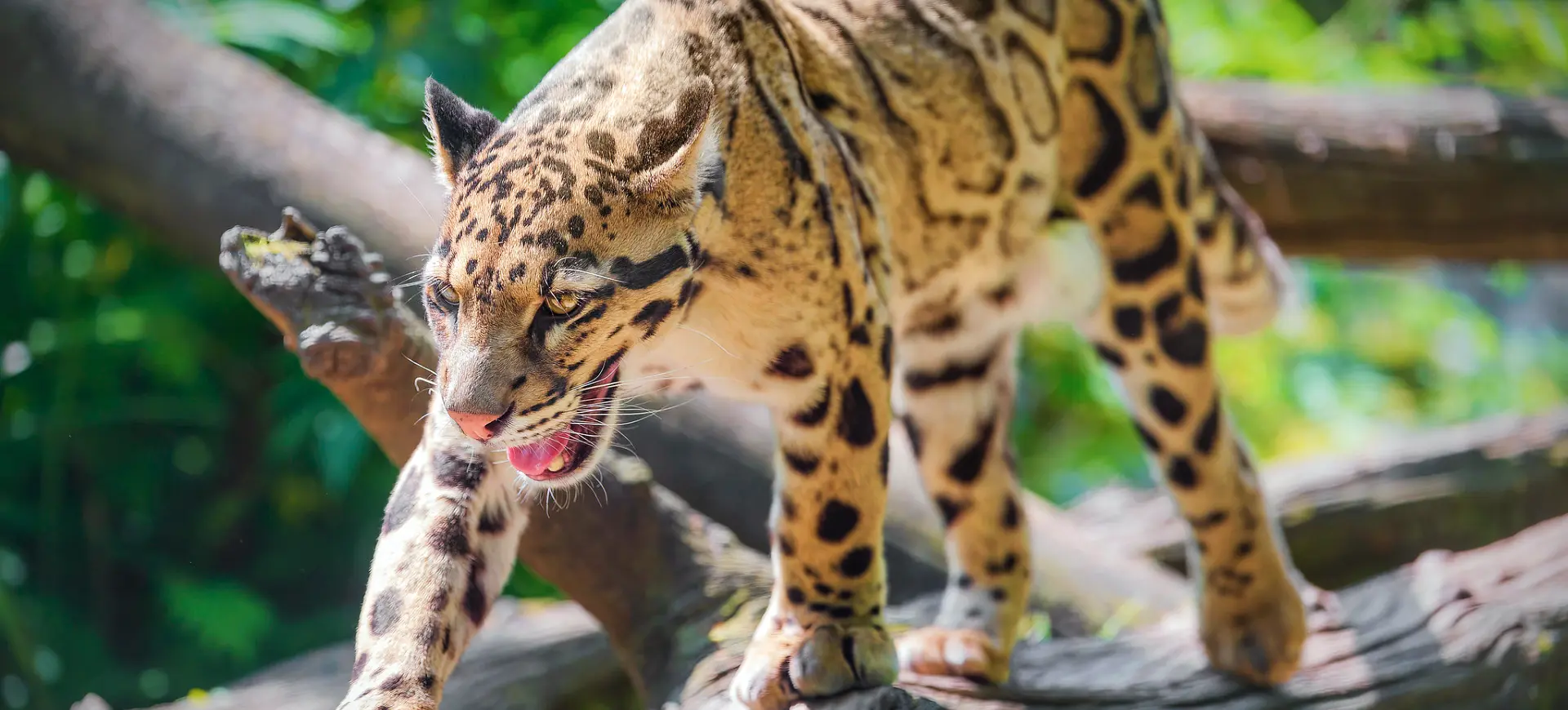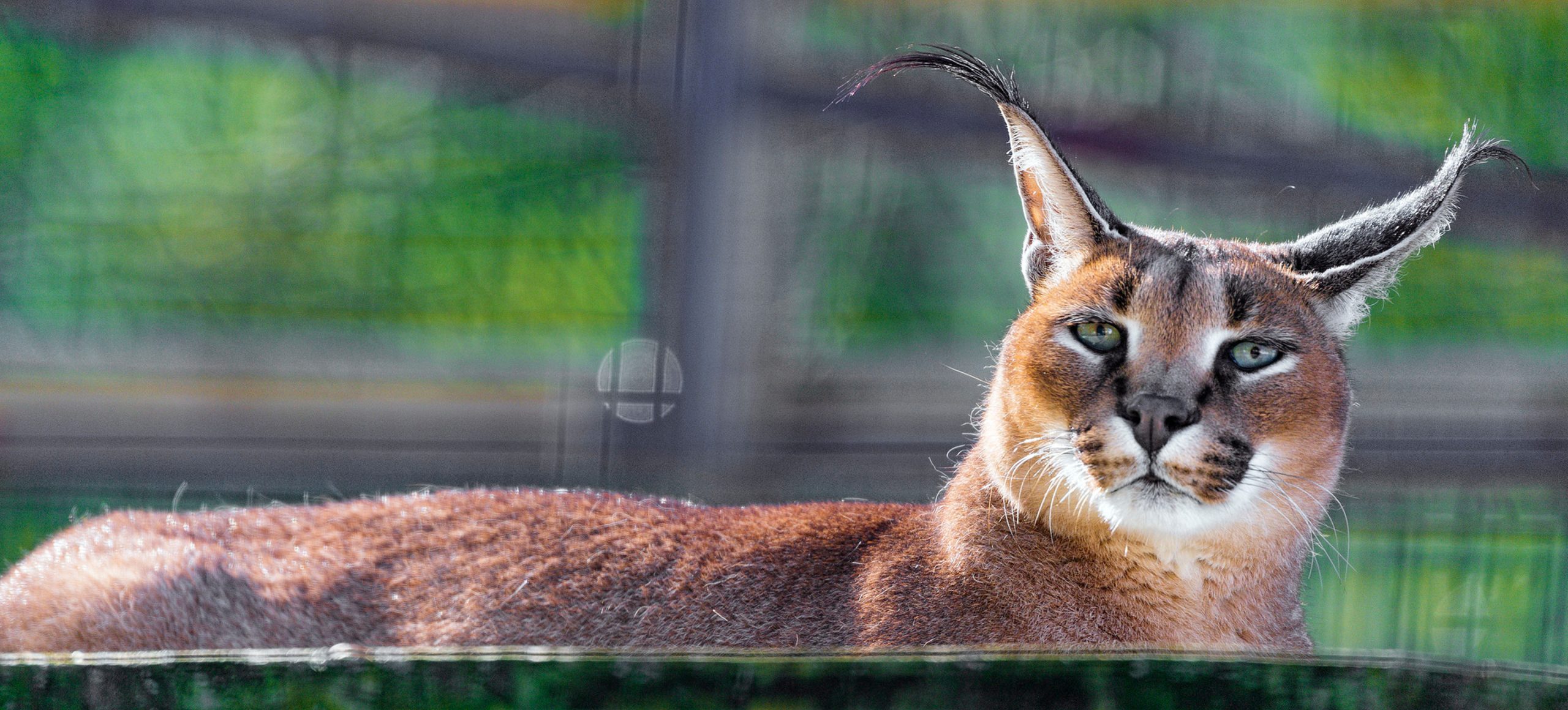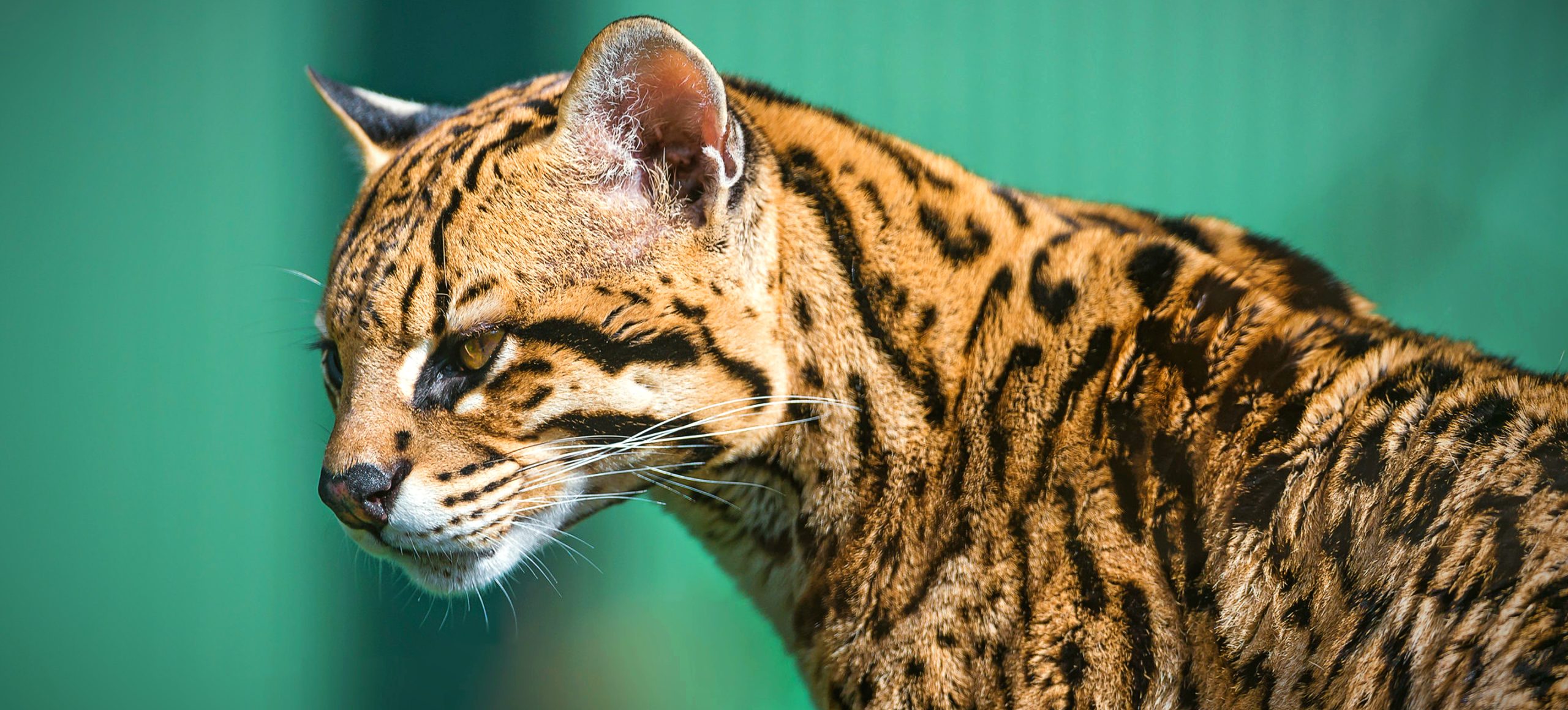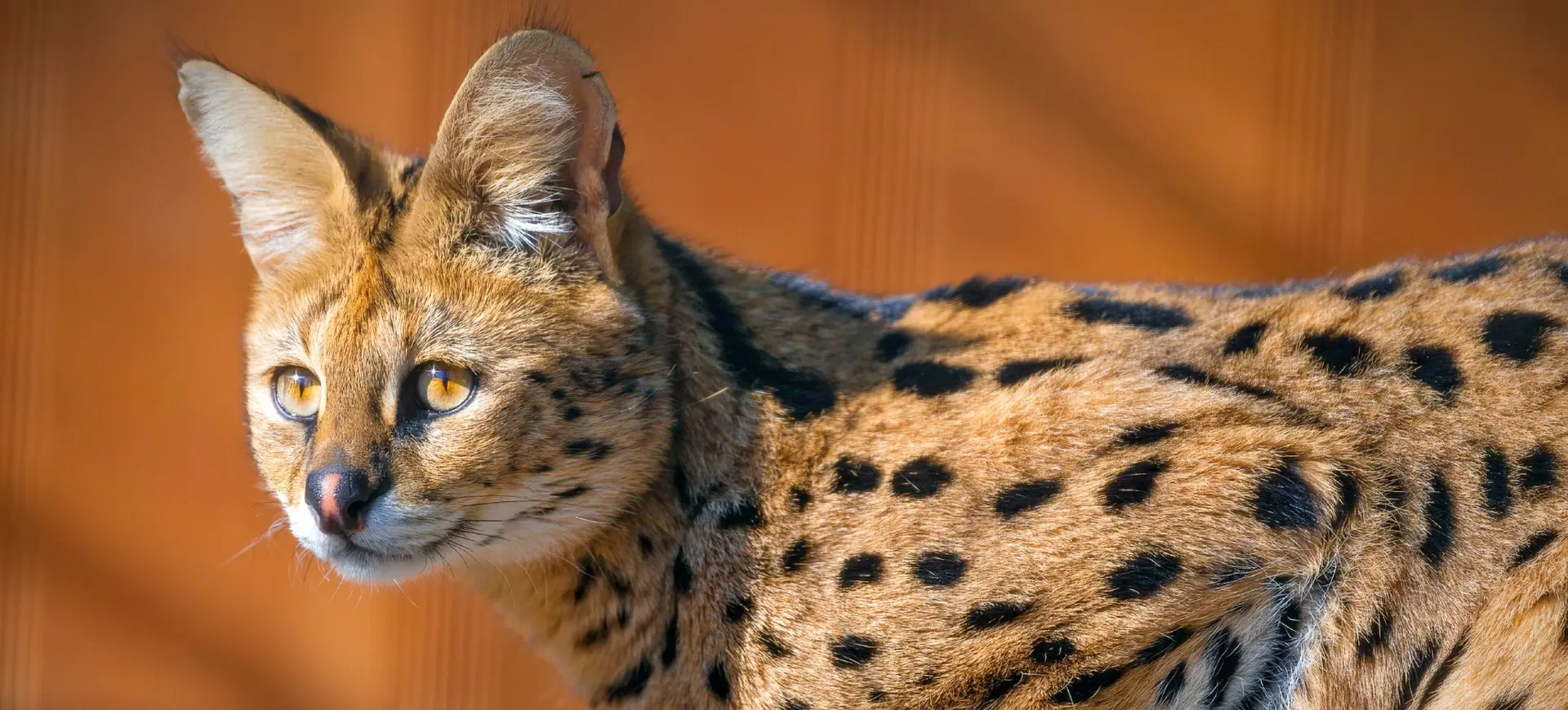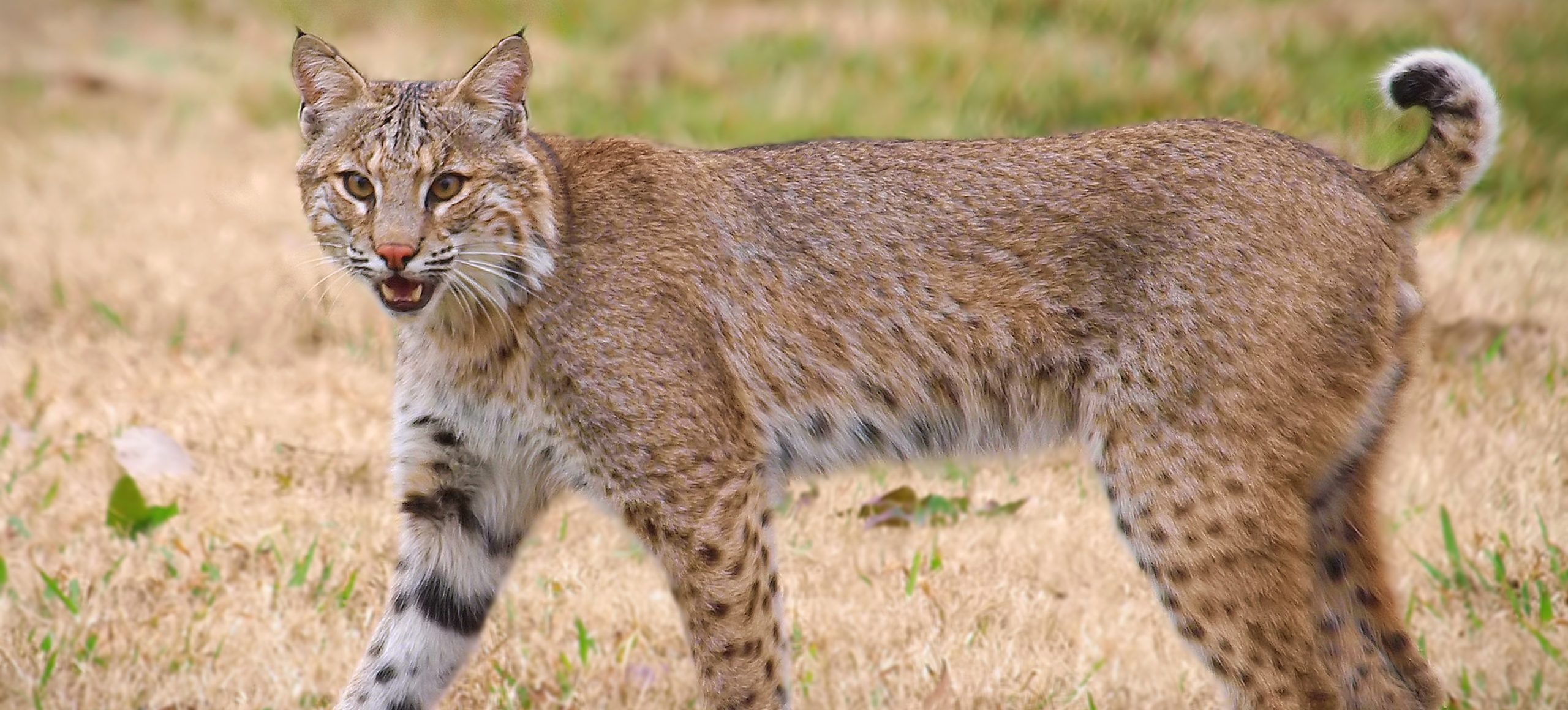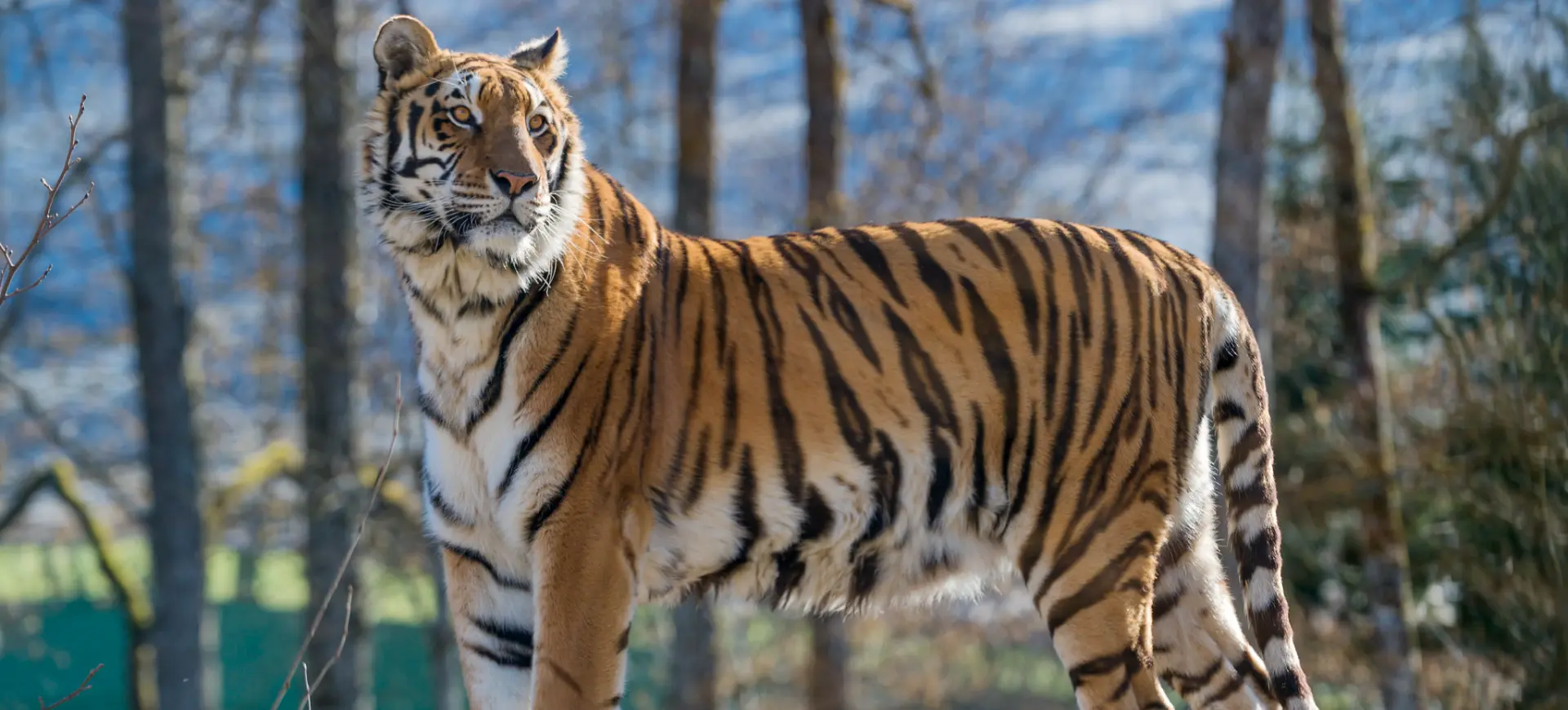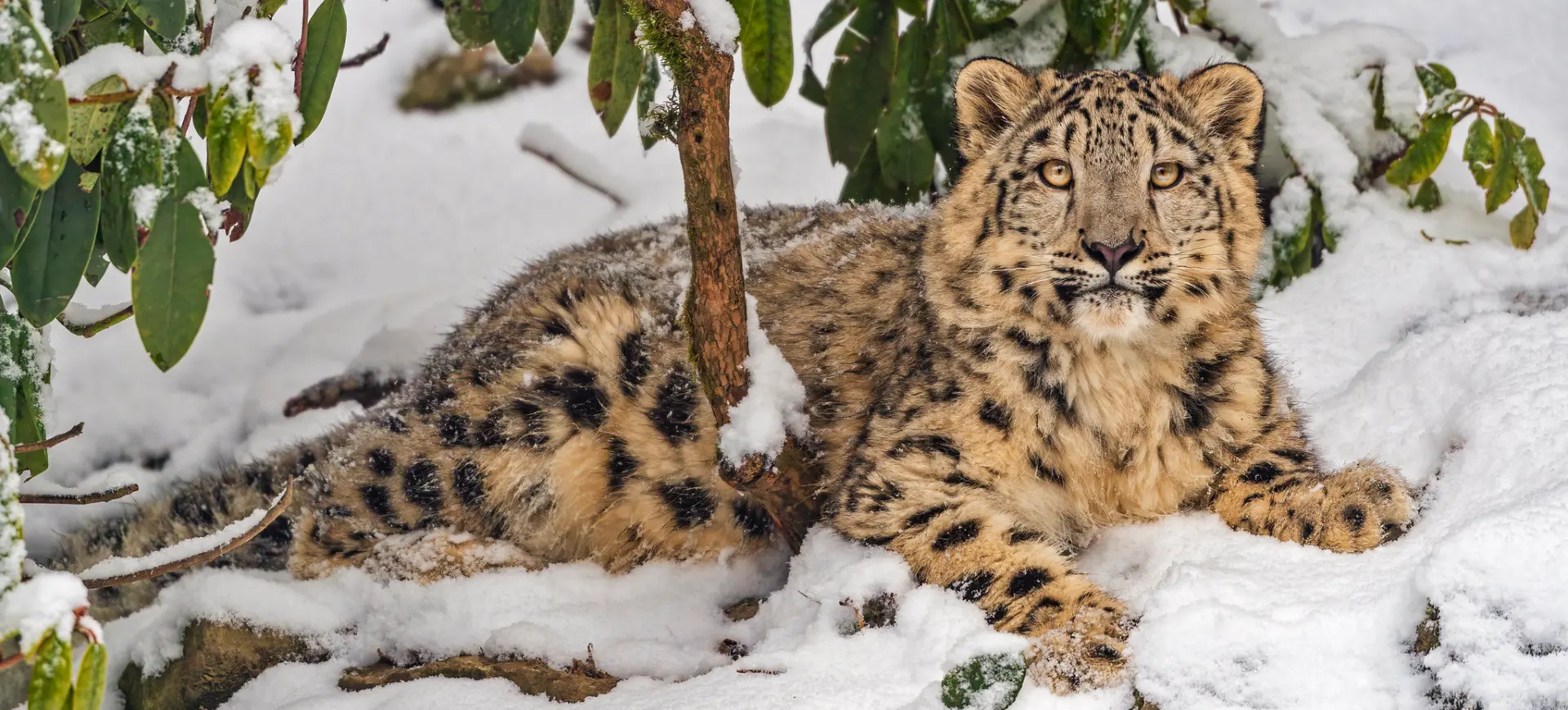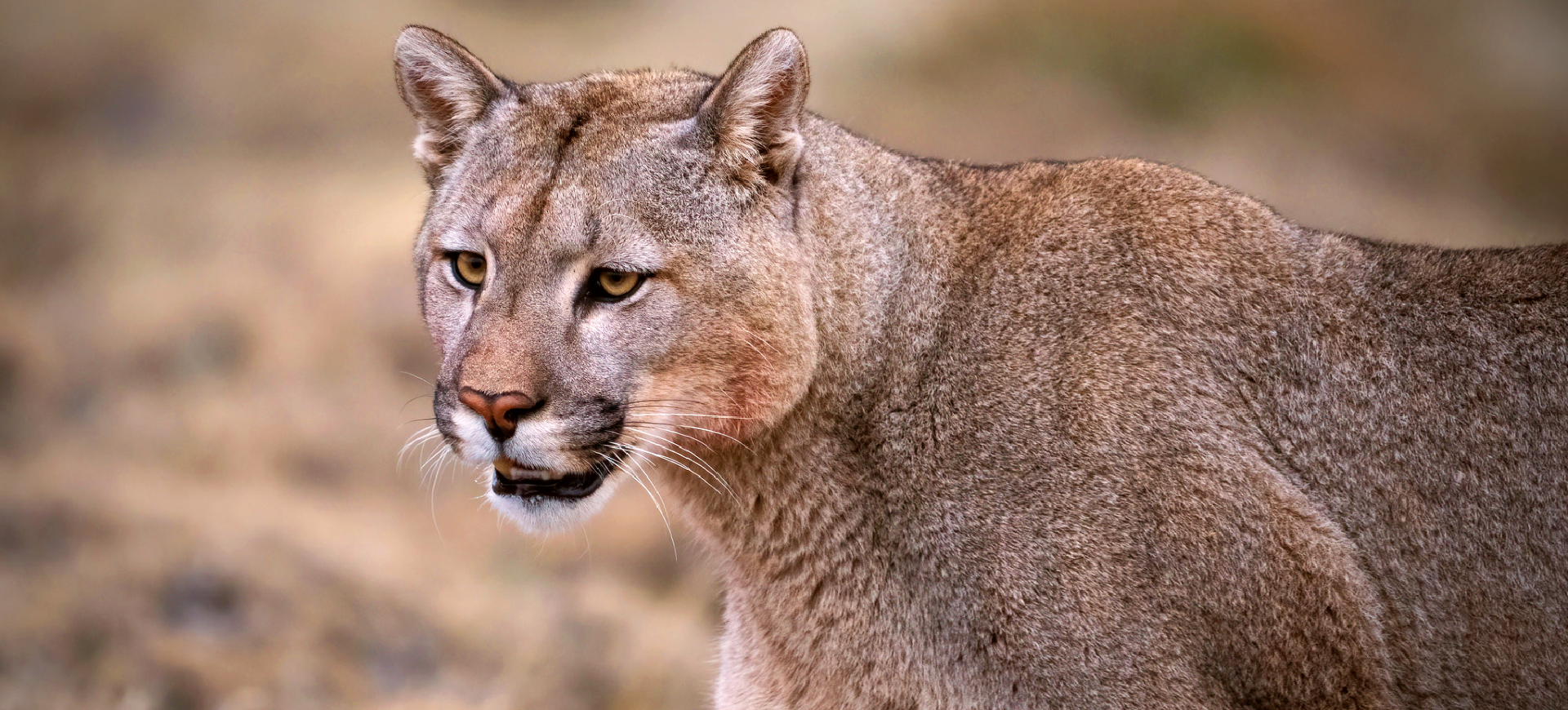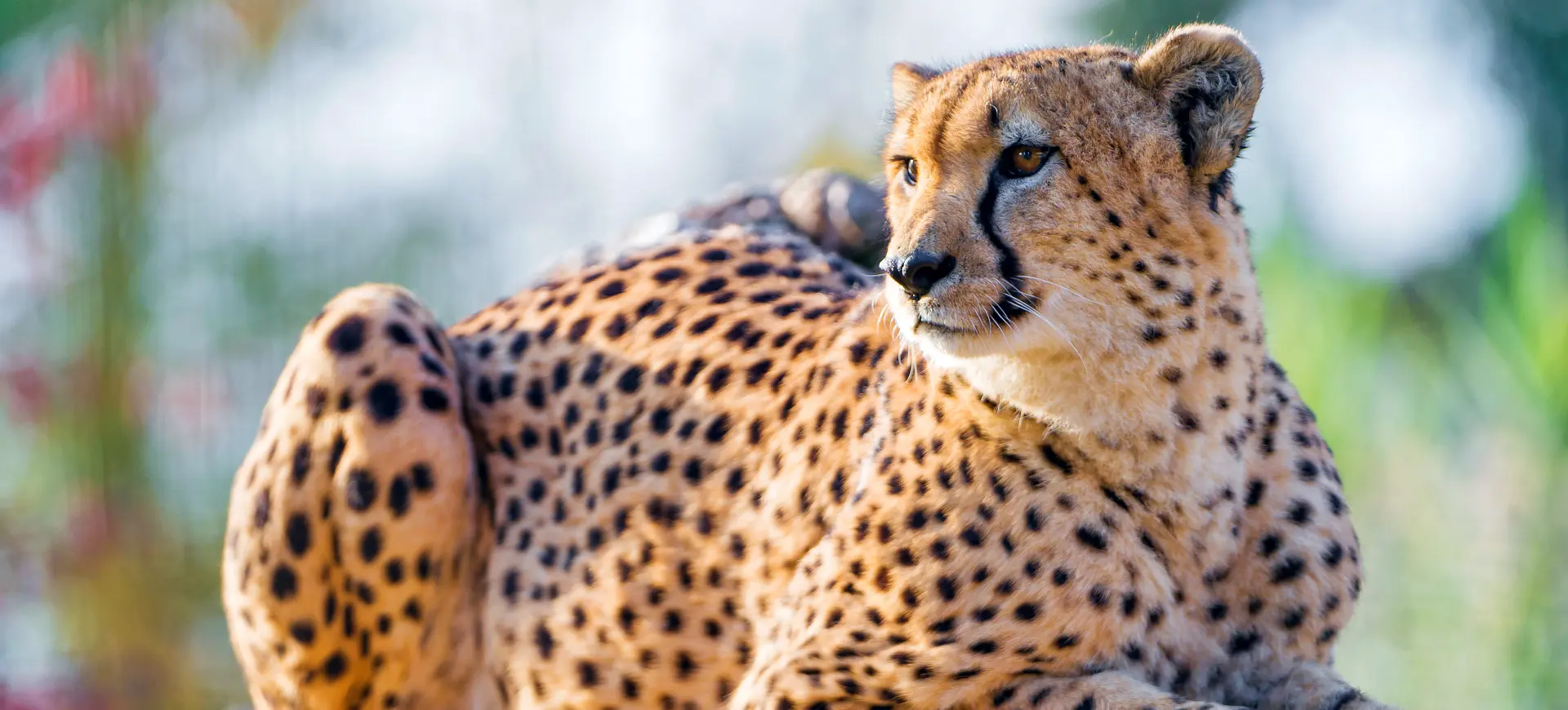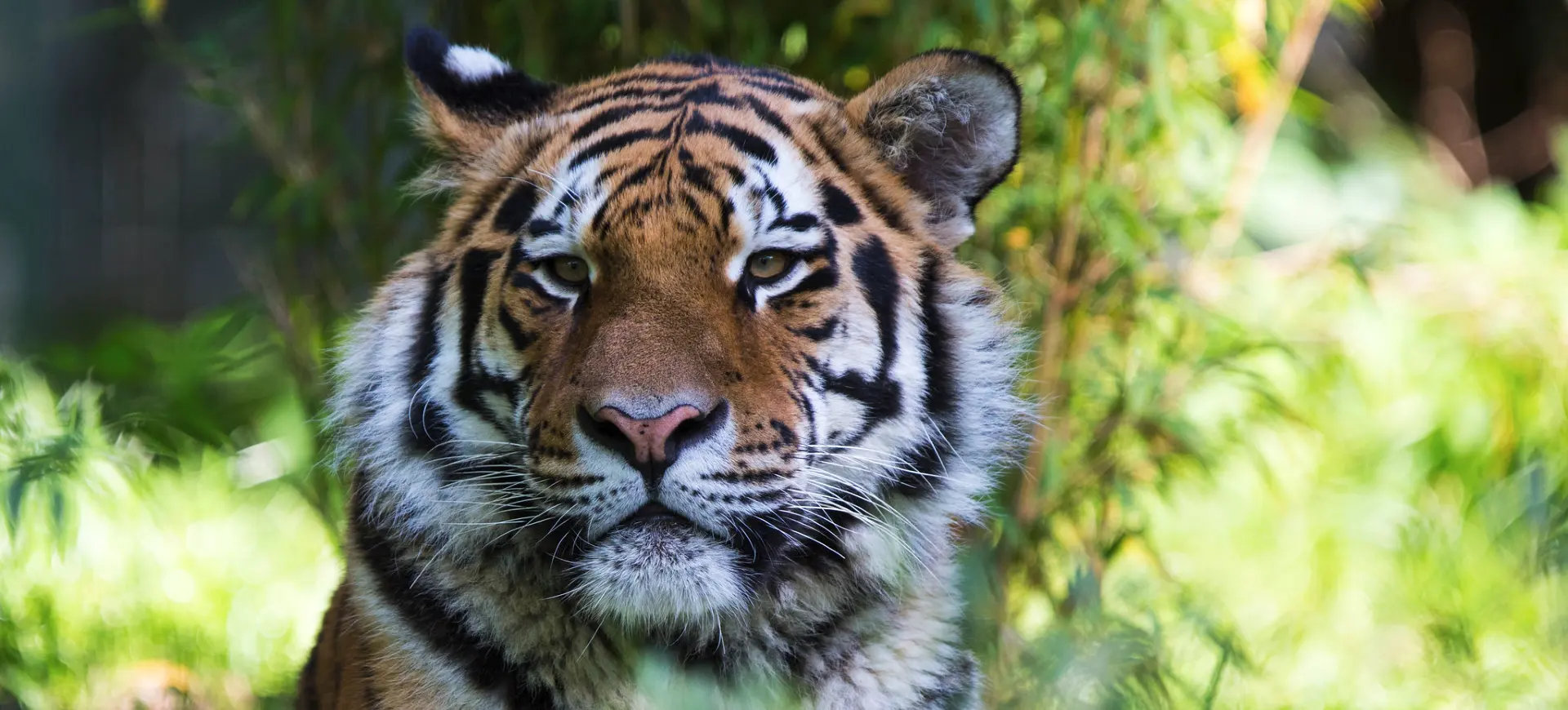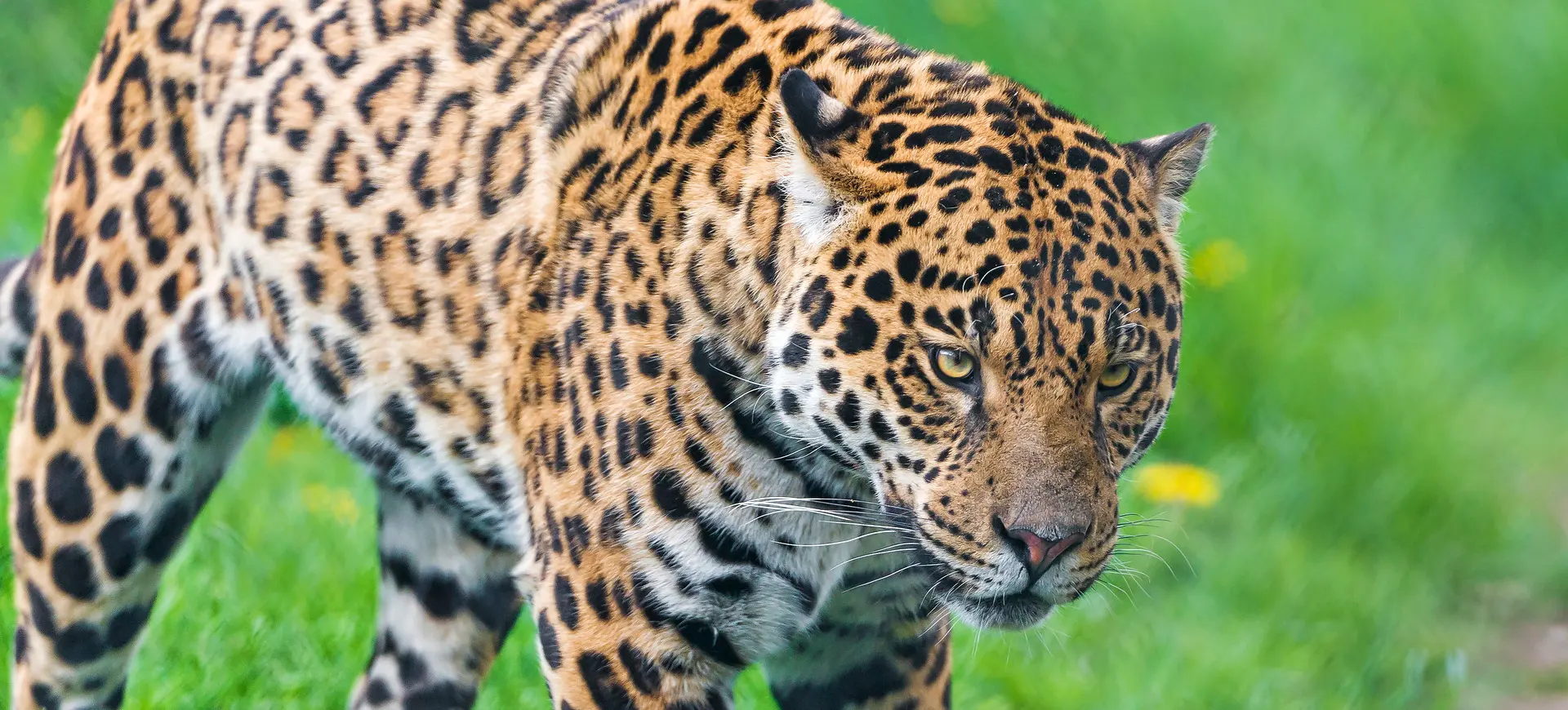Overview
The Pallas’s Cat, also known as the Manul, is a small wild cat native to Central Asia’s grasslands and montane steppes. It is named after the German naturalist Peter Pallas, who described the species in 1776. This cat is distinctive for its stocky posture, long, dense fur, and expressive facial features. Its fur, which is the longest of any cat species, provides insulation against the cold climates of its habitat.
Pallas’s Cats are about the size of a domestic cat but appear larger due to their thick fur. They have a broad, flattened face with wide-set ears positioned low on the head, giving them a unique appearance. Their eyes are large and round, an adaptation for their crepuscular lifestyle. The overall coloration of the Pallas’s Cat is a soft gray or yellowish-gray with faint stripes and spots, providing camouflage in their rocky environment.
These cats are solitary and elusive, making them difficult to study in the wild. A slow, cautious movement style characterizes their behavior, and they are known for their ability to blend into their surroundings to avoid detection. Pallas’s Cats are not strong runners and rely on stealth and ambushing techniques to catch their prey.
Taxonomy
Kingdom
Phylum
Class
Order
Family
Genus
Species
Sub Species
Type
Physical Description:
The Pallas’s Cat is compact and stocky, with a body length typically ranging from 18 to 26 inches. Its legs are short and thick, contributing to its somewhat ungainly walk. The tail of the Pallas’s Cat is bushy and about half the length of its body, adding to its rounded appearance. The most striking feature of this cat is its long, dense fur, which can be up to twice as long on its underside and tail to protect against cold ground.
The face of the Pallas’s Cat is particularly expressive due to its wide-set ears, large, round eyes, and broad skull. Its fur color varies from light gray to reddish-yellow, with distinct dark vertical bars on the forelegs and less distinct bands on the body and tail. The fur’s texture and coloration provide excellent camouflage in the cat’s natural habitat, blending with rocks and grasses.

Lifespan: Wild: ~2 Years || Captivity: ~11 Years

Weight: Male: 6.6-11 lbs (3-5 kg) || Female: 5.5-9 lbs (2.5-4 kg)

Length: Male & Female: 18-26 inches (46-66 cm)

Height: Male & Female: 10-12 inches (25-30 cm)

Top Speed: 30 mph (48 km/h)
Characteristic:
Native Habitat:
Pallas’s cats inhabit Central Asia’s grasslands and mountainous steppes, extending from the Caspian Sea to Mongolia and northeastern China. They are adapted to cold, arid environments and can be found at elevations up to 15,000 feet. Their preferred habitats include rocky areas, grasslands, and scrublands, where they can find cover and a good supply of prey.
Their thick fur is an adaptation to the extreme cold temperatures of their habitat. Pallas’s Cats avoid dense forests and prefer open landscapes where they can use rocks and low vegetation for camouflage.
Climate Zones:
Biomes:
Biogeographical Realms:
Continents:
Countries:
Diet:
Diet & Feeding Habits:
Pallas’s Cats are carnivores that feed on small rodents like pikas and voles. They are skilled hunters who rely on stealth and patience to ambush their prey. The cat’s low-slung body allows it to hide effectively in the grass and sneak up on its prey before pouncing. They also consume small birds, insects, and occasionally young marmots.
Their hunting strategy depends heavily on the landscape, using rocks and grass for cover. Pallas’s Cats are not known for chasing down prey over long distances but rather for waiting in ambush or slowly stalking. In their habitat’s harsh winters, they may scavenge for food or store parts of their catch for later consumption.
Mating Behavior:
Mating Description:
The mating season of Pallas’s Cats is brief, typically occurring in late winter, around February or March. During this time, males and females come together only for mating. Males may travel long distances to find a mate and compete with other males to access females.
After mating, the female Pallas’s Cat gives birth to a litter of 2 to 6 kittens after a gestation period of about 66 to 75 days. The kittens are born sheltered like a burrow or rock crevice. The mother is solely responsible for the care and protection of the kittens. She weans them at around two months, and the kittens become independent at 4 to 5 months of age.
Reproduction Season:
Birth Type:
Pregnancy Duration:
Female Name:
Male Name:
Baby Name:
Social Structure Description:
Pallas’s Cats are solitary animals, except during the mating season or when females raise their young. They maintain territories, which they mark with scent marks, and avoid contact with other individuals. These cats are territorial and defend their area against intruders, especially during the mating season.
The social structure of Pallas’s Cats is characterized by a high degree of territoriality and limited social interaction. They communicate through vocalizations, facial expressions, postures, and endings. The solitary species’ solitary maturation to their prey, its ability, and the harsh environment they live in.
Groups:
Conservation Status:
Population Trend:
The exact population numbers of Pallas’s Cats in the wild are not well known, but the species is decreasing. Habitat loss and degradation, primarily due to livestock grazing and mining activities, threaten their survival. Additionally, the cats face predation and competition from domestic dogs and other wild carnivores.
Conservation efforts for Pallas’s Cats are complicated by their elusive nature and the remote areas they inhabit. Some populations are protected within national parks and reserves, but many live outside protected areas. Research and monitoring this species are ongoing to better understand its ecology and population dynamics.
Population Threats:
Pallas’s Cats face several threats, including habitat loss due to agricultural expansion, mining, and infrastructure development. Overgrazing by livestock can lead to a reduction in the cat’s prey base. Pallas’s Cats are also threatened by accidental poisoning and trapping, often targeted at other species considered pests by local farmers.
The illegal trade in Pallas’s Cats for their fur and as pets is a concern, although it is not as significant a threat as habitat loss. In some regions, they are hunted for traditional medicine and as trophies. Climate change poses a long-term threat by potentially altering their habitat and prey availability.
Conservation Efforts:
Conservation efforts for the Pallas’s Cat include habitat protection and management to ensure a stable prey base and reduce human-wildlife conflict. Conservation programs also focus on research to better understand the species’ ecology, distribution, and threats. Efforts are being made to raise awareness among local communities about this species’s importance and reduce hunting and trapping.
Some captive breeding programs aim to support conservation efforts, but the primary focus is protecting the cats in their natural habitat. International cooperation is essential for conserving Pallas’s Cats, as their range spans multiple countries.
Additional Resources:
Fun Facts
- The Pallas Cat’s fur changes with the seasons, becoming longer and thicker in winter.
- Pallas Cats have a unique adaptation in their eyes: their pupils contract to small circles instead of vertical slits like most small cats.
- These cats are known for their unusual vocalizations, including growls, hisses, and meows that are quite distinct from those of domestic cats.
- The Pallas’s Cat is one of the few cat species that prefer walking to running, moving deliberately and somewhat awkwardly.
- Due to their thick fur, Pallas’s Cats often appear larger than they are.
- They have a lower metabolic rate than many other felids, an adaptation to their high-altitude, low-oxygen environment.
- In some regions, Pallas’s Cats are considered symbols of good fortune and are featured in local folklore and mythology.
- They are proficient climbers but prefer to stay on the ground, using their coloring as camouflage against predators and prey.
- The Pallas Cat’s long fur also covers its footpads, which helps insulate against cold surfaces and aids in the silent stalking of prey.
- Researchers use camera traps to study these elusive cats, as they are difficult to observe directly due to their secretive nature and remote habitat.










